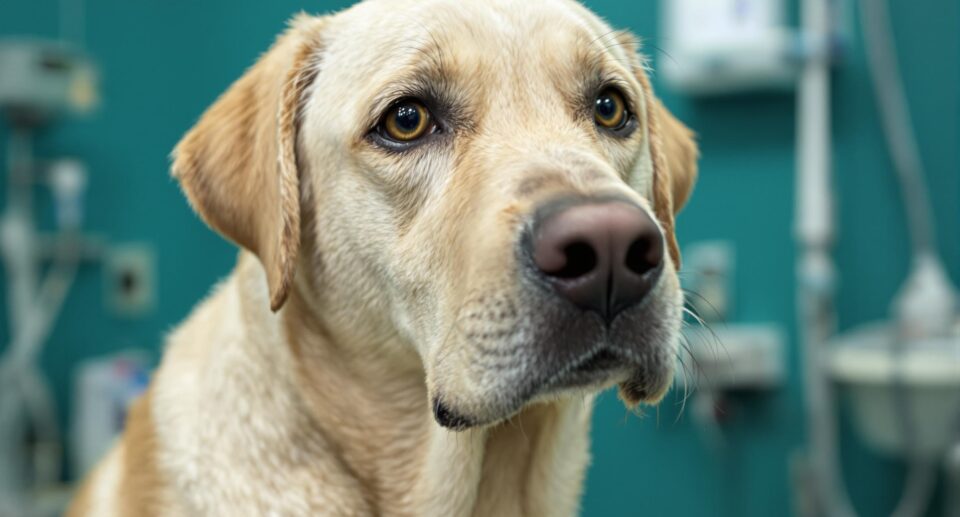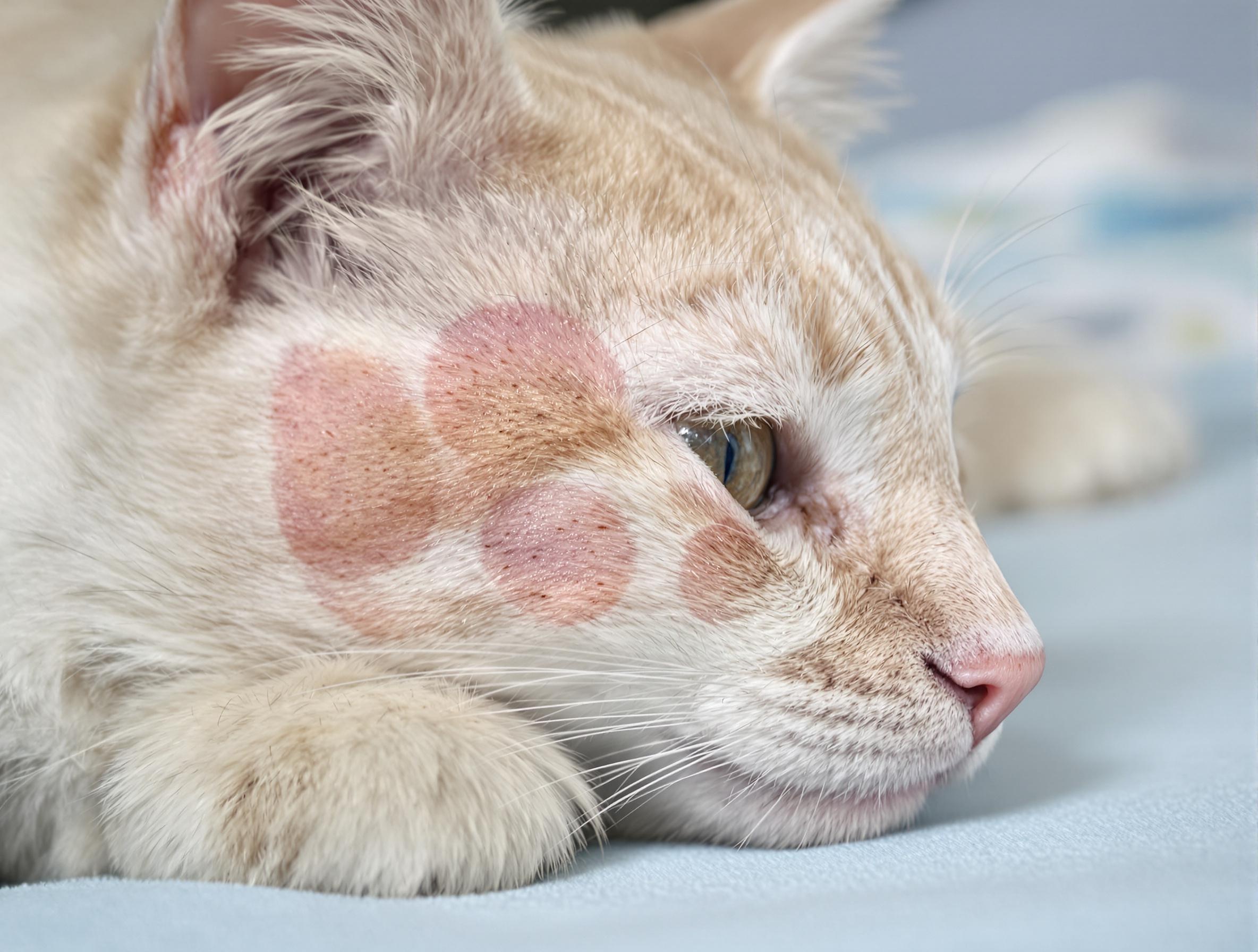What To Do If Your Cat May Have Been Poisoned

In 2023, the ASPCA Animal Poison Control Center assisted over 400,000 cases of poisoning on dogs and cats. This figure doesn’t include countless thousands of pets treated through other means, like the Pet Poison Helpline, at vet clinics and at emergency vet hospitals.
Pets can be accidentally poisoned after consuming toxic foods and household chemicals. A dog or cat’s curiosity or indiscriminate appetite, can lead them to eating or drinking potentially fatal toxins. And, unfortunately, thousands of cases of pet poisonings are intentional.
In honor of Pet Poison Awareness Month, learn about the most common causes of poisoning in pets, signs that your pet may have consumed something toxic, and what to do if your dog or cat is poisoned.
What Can Cause Poisoning in Pets?
According to the Pet Poison Helpline, some of the most common causes of poisoning in pets include:
- Consuming drugs or medications, including over-the-counter and prescription medications that may be for pets or for humans, as well as recreational substances like alcohol and marijuana
- Foods that are toxic to pets include chocolate, coffee, xylitol in sugar-free gum and candy, macadamia nuts, grapes, and raisins
- Pesticides and rodenticides, which your pet may consume by hunting and eating contaminated pests
- Household chemicals like antifreeze or drain cleaner
- Plants can cause toxicity if your pet chews or licks pollen and other parts of the plant
Think Your Pet May Have Been Poisoned?
In many cases, it’s obvious when, how much, and what kind of toxin a pet has consumed. At other times, you may only have a suspicion.
For example, you might discover a spilled medicine bottle or torn product packaging, and may be unsure if your pet has consumed any. Or, you might discover that one pet has gotten into a toxic material, but you may be unsure if your other pets may also have been affected.
In other cases, a pet may show signs of toxicity, but the cause may be unknown. Your dog may have eaten something harmful in your backyard or out on a walk, or your cat may have gotten into something poisonous while roaming. Unfortunately, pets that roam, especially while unattended in public areas, are at risk for both accidental and intentional poisoning.
Suspicion of poisoning should always be treated as a medical emergency.
Signs of possible poisoning include:
- Vomiting and diarrhea, especially that contains blood or foreign matter
- Weakness, seizures, collapsing, loss of consciousness
- Excessive panting or difficulty breathing
- Changes in heart rate or respiration
- Fever
- Nosebleed
- Jaundice
- Pale gums
- Drooling
Should You Induce Vomiting?
You should only induce vomiting at home under the guidance of a veterinarian. Sometimes, inducing vomiting at home can do more harm than good. Your cat or dog could aspirate vomit into their lungs, leading to aspiration pneumonia. Certain materials can cause corrosive damage or blockage on the way out.
You should NOT induce vomiting if:
- Your pet is unconscious, weak, or dizzy, or has had a seizure.
- Your pet may have consumed a corrosive substance, which can cause serious damage to the esophagus. Antifreeze, batteries, and drain cleaner are a few examples of corrosive substances.
- Your pet swallowed a non-food item like a sock, parts of a toy, etc, that can cause an obstruction.
- It has been more than two hours since your pet was poisoned, as the toxin will have likely moved to the intestines.
- You have not first consulted a veterinarian. If your pet has been poisoned or consumed something toxic, seek emergency veterinary care at your nearest vet clinic or emergency vet hospital. If you’re unsure if your pet needs veterinary care, you can consult a pet poison hotline or make a televet appointment with VetLive.
If your vet instructs you to induce vomiting at home, they will tell you to use 3% hydrogen peroxide, available at any drugstore. Keep a fresh, unopened bottle in your pet first aid kit in case of emergency; old, expired hydrogen peroxide can go flat and lose its efficacy.
After a dose of about 1 teaspoon of 3% hydrogen peroxide per 5 pounds of your pet’s body weight, maxing out at three tablespoons, your pet should vomit within about fifteen minutes. You can administer a second dose if your pet does not vomit. If your pet still does not vomit, seek emergency veterinary care right away.
What To Do If Your Pet Has Been Poisoned
When your pet has been poisoned or consumed a toxic substance, act fast. You can greatly increase your pet’s chances of making a full recovery if you seek veterinary treatment within the first hour after your pet has eaten or made contact with a toxin.
Depending on the toxin, the substance can begin to enter the bloodstream within thirty minutes of reaching the stomach. By the time your pet begins to show symptoms of being poisoned, they may already be at risk for long-term damage, even death. Even so, seeking treatment as soon as possible, even if it’s been more than thirty minutes, can still be life-saving.
Not sure if your pet needs emergency assistance? Call the Pet Poison Helpline or ASPCA Animal Poison Control Center (APCC), both available 24/7. If your dog or cat has been poisoned or shows signs of possible poisoning, do not wait for advice, take your pet to your nearest veterinary clinic or veterinary vet hospital right away.





